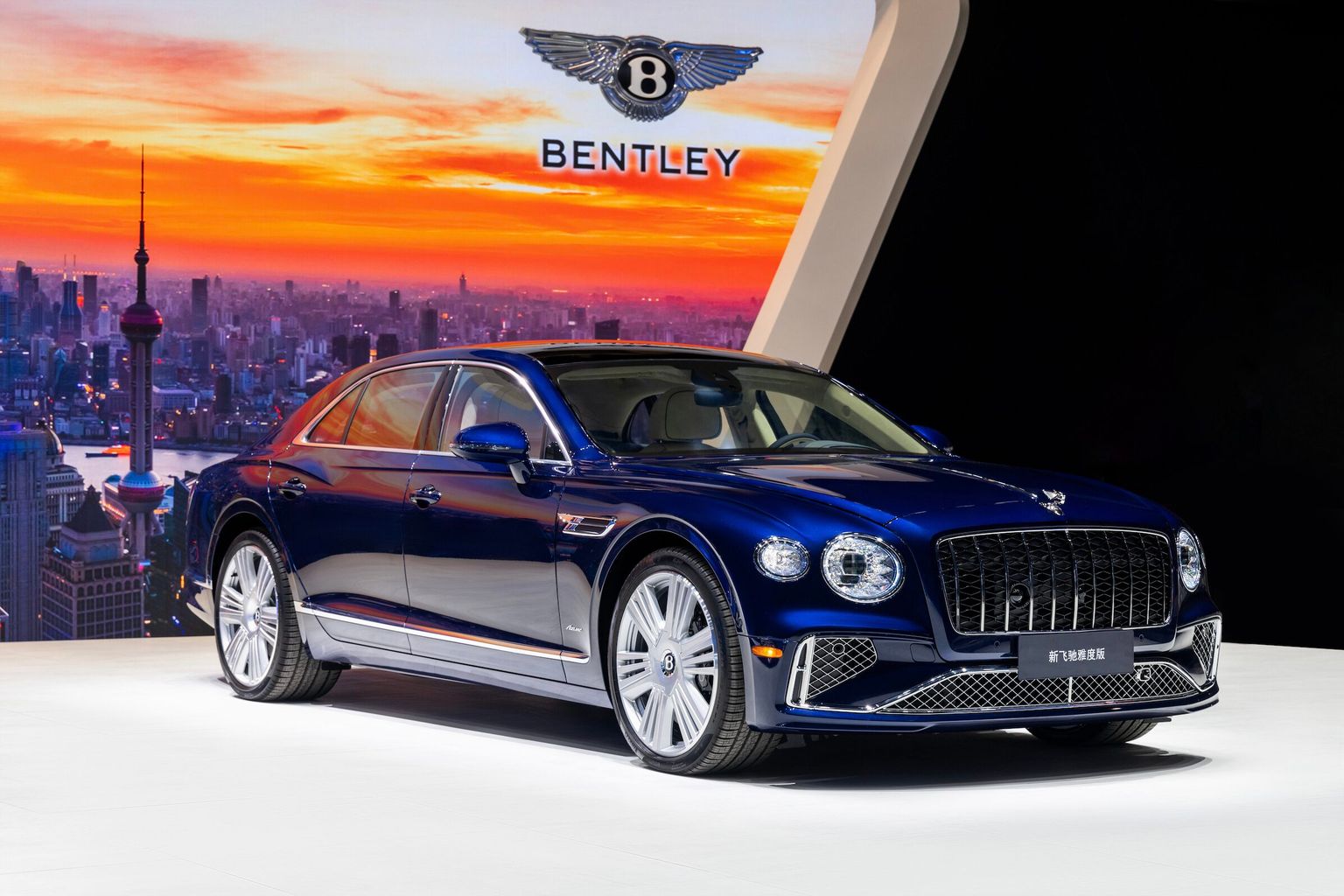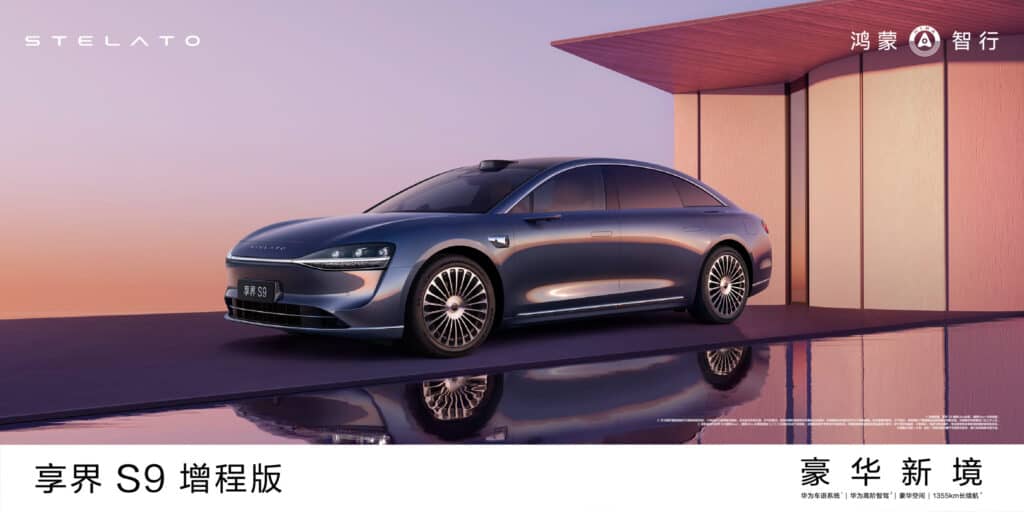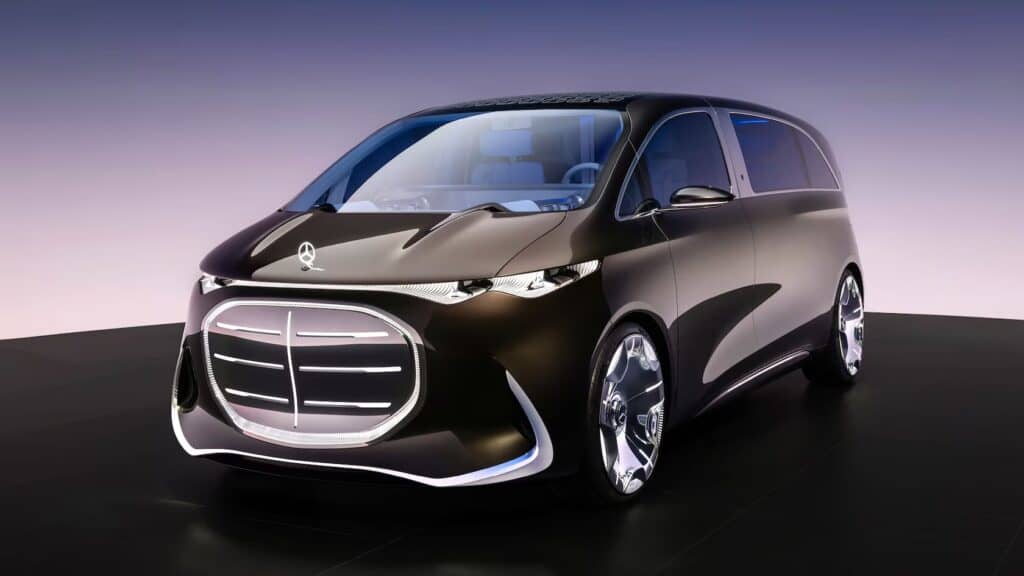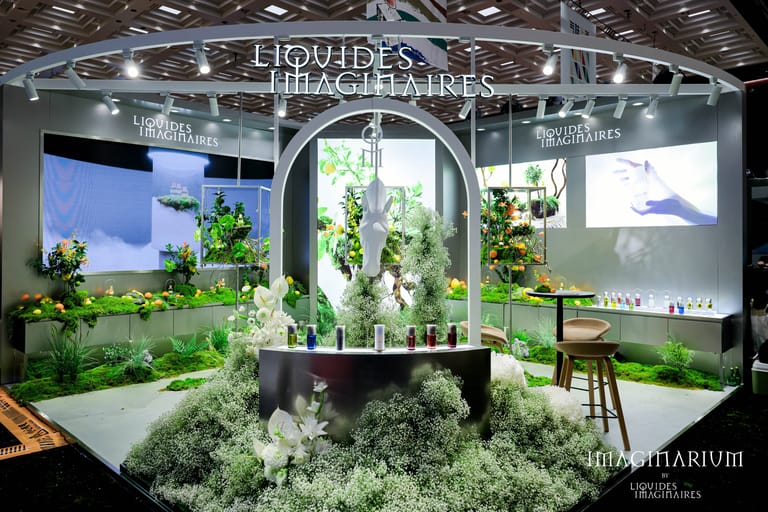Shanghai Auto Show 2025: Intelligence Drives the Future
By
Hazel Jia

Published on
May 7, 2025

In late April, the Shanghai Auto Show 2025 returned to the National Exhibition and Convention Center (Shanghai), reaffirming its stature as a global automotive bellwether. Spanning 360,000 square meters, the show brought together nearly 1,000 exhibitors from 26 countries and regions, showcasing a total of 1,366 vehicles. Notably, over seventy percent of the lineup consisted of new energy models, with 163 global and regional debuts. The exhibition drew 1.01 million visitors, underscoring its position as one of the world’s premier automotive events.
Beyond the numbers, this year’s show marked a decisive shift: intelligentization has moved from concept to systemic transformation. Tech giants such as Huawei and legacy automakers like BMW unveiled deeply integrated autonomous driving solutions, while brands including Bentley and Mercedes-Benz highlighted immersive, intelligent cockpit experiences. Notably, Harmony Intelligent Mobility Alliance debuted as an independent exhibitor, representing four emerging brands under its umbrella: Aito, Luxeed, Stelato, and Maextro. Meanwhile, the conspicuous absence of 13 major brands—among them Lamborghini and Beijing Hyundai—reflected the ongoing recalibration of the automotive landscape amid the twin disruptions of electrification and digitalization.
Long regarded as a barometer of the global auto industry, the Shanghai Auto Show 2025 made it clear this year: the age of intelligence is no longer about isolated features but about redefining the entire vehicle, user experience, and industrial ecosystem. The transformation underway is reshaping not only what cars look like—but how the automotive value chain is structured and how brands compete.
Systemic Intelligence: Toward a Unified Vehicle Brain
As smart driving enters a more advanced phase, the industry is pivoting from benchmarking individual hardware specifications—like sensors and chip processing power—to evaluating how vehicle systems collaborate holistically. The shift signals a move from discrete modules to deeply integrated smart systems that coordinate across the entire vehicle.
Huawei’s showcase made this evolution tangible. Its newly unveiled QianKun ADS 4 and Huawei XMC digital chassis integrate behavioral modeling and full-domain control architecture, unifying smart driving, body control, and environmental sensing. The result: a fifty percent reduction in end-to-end latency and a notable improvement in dynamic responsiveness. These advancements enable vehicles to make human-like driving judgments—predicting not just the environment, but also the intent of other road users. This system-level intelligence represents a shift from reactive mechanics to intuitive orchestration.

Traditional luxury players are also adapting. The SAIC Audi A5L Sportback, equipped with QianKun ADS 3.0, becomes the first fuel-powered vehicle in China to feature an advanced local smart driving system—signaling legacy automakers’ willingness to embrace native innovation. Meanwhile, SAIC Maxus is bringing Huawei’s intelligent driving and cloud services into the commercial vehicle segment, pushing smart connectivity into new territory.
As competition moves up the value chain, a new standard is emerging: intelligent driving must now feel natural. This redefines success not as feature lists, but as how seamlessly a vehicle responds, adapts, and anticipates—spurring both architectural innovation and philosophical reevaluation across the industry.
Redefining Luxury: From Materials to Mindfulness
Alongside technological advancement comes a quiet revolution in luxury. No longer defined solely by leather, wood, or craftsmanship, luxury is being recast through sensory intelligence, wellness, and emotional nuance.
Bentley’s new Azure series reflects this shift. Instead of focusing purely on material richness, it emphasizes holistic comfort: air purification, six-mode massage seating, intelligent ambient lighting, and active safety systems. The new mantra is clear—comfort is the new luxury, and it is as much about invisible care as it is about visible opulence.
Mercedes-Benz extends this logic with its Vision V concept, which reimagines the MPV as a “private lounge” within the urban ecosystem. Built on the all-electric VAN.EA platform, it gestures toward a future in which urban luxury and intelligent mobility are seamlessly intertwined.

At the premium-but-accessible tier, the AITO M8 pushes intelligence into everyday life. With Huawei’s voice assistant, dynamic headlight projection, and an unprecedented 11-screen cockpit layout, it recasts in-car technology as both a driver’s co-pilot and an emotional companion.
Mainstreaming Intelligence: The Race to Democratize Smart Driving
As system integration matures and supply chain costs drop, premium intelligent features are rapidly cascading into the mass market.
The newly launched SAIC Shangjie is emblematic of this push. Its first model, priced around RMB 200,000, comes standard with QianKun ADS and the HarmonySpace 5 intelligent cockpit—outclassing traditional joint-venture offerings still reliant on basic L2 features. By prioritizing depth of intelligence and affordability, SAIC aims to reset expectations in the segment.
Meanwhile, the MAEXTRO S9 extended-range version, priced in the RMB 300,000 bracket, combines four LiDAR units, Huawei’s Tuling platform, and the ALPS health-focused cabin to deliver a full-spectrum smart experience—from autonomous navigation to well-being management and multi-modal interaction—raising the bar for mid-tier intelligent vehicles.
A New Mobility Paradigm: From Vehicles to Autonomous Companions
The ongoing wave of automotive intelligentization is but the latest chapter in humanity’s century-long evolution in mobility—from steam to combustion, from electric to autonomous. The edge is now moving vertically. Flying car concepts from XPeng and GAC signal the dawn of a low-altitude economy transitioning from fantasy to feasibility.
But this shift is more than technical—it is paradigmatic. As vehicles gain the ability to perceive and decide, they are becoming autonomous partners rather than passive tools. This redefinition is reshaping the driver-vehicle relationship, and by extension, the very architecture of the transport ecosystems.












